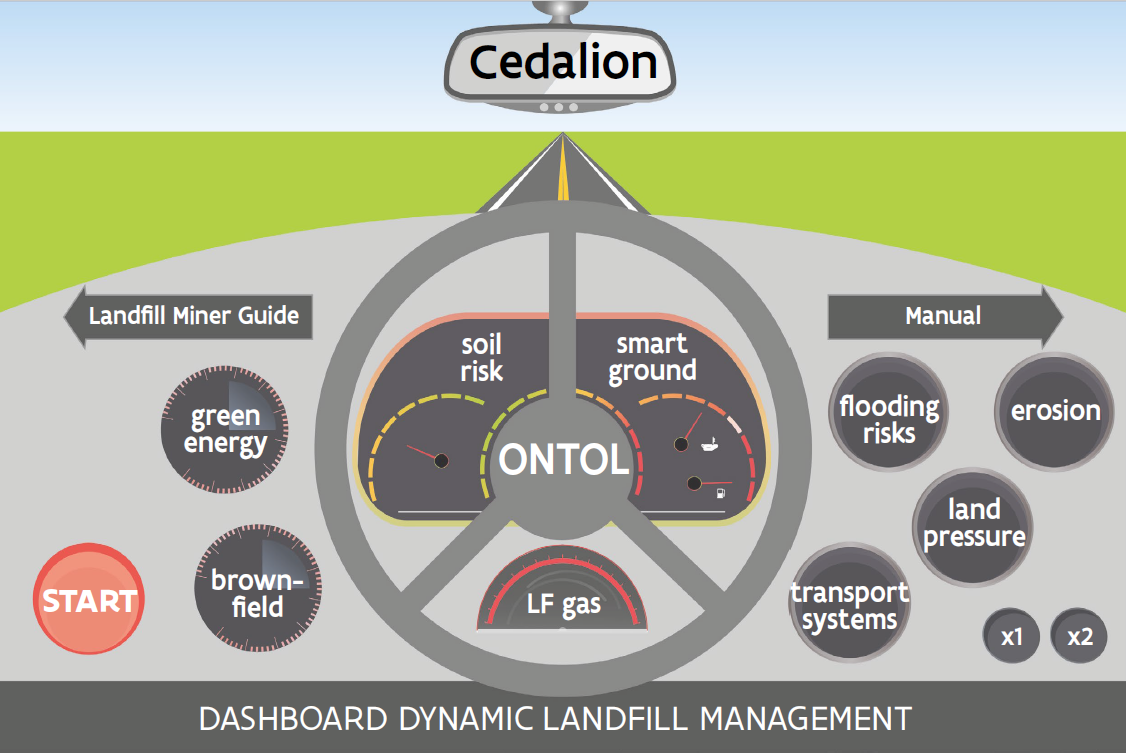Orion Dashboard - Manual


Based on recent experiences, a straightforward decision making is introduced in the roadmap to indicate the high potentials as soon as possible. Due to low commodity prices and demand, the recycling of waste is only put forward if we are talking of monolandfills: high homogeneity, well known characteristics, easy to process. In all other cases, waste recycling is only considered as a valuable option if the volume is limited, easy to excavate and process, and the land value is the financial driver. The selected models explain their own strengths and deal with a specific item of the valorisation and/or revitalization of the landfill site. In the Orion-stepwise approach of this road map, it invest in more detailed data collection and analysis if the previous step was proven successful. For example, OnToL (Online Tool for the Evaluation of Landfill Mining Projects) is a very powerful model and provides several default values in order to make it work with limited datasets. This implies a higher uncertainty but in case of a good result, it is worthwhile to invest in better data and replace these defaults.
Now that you have discovered the options on the roadmap, let's go back to the dashboard to illustrate what's behind the buttons. The central part with the steering wheel is symbolizing the landfill. The features inside are useful to evaluate the characteristics and fate of the landfilled waste. The Biogas button links you with a model designed to predict landfill gas production. The Soil risk button has no link because each region or country has his own specific tools. SMART GROUND offers a tool to choose the best available techniques to process the landfilled waste. OnToL was given a central position because of its relation with the United Nations Framework Classification for Anthropogenic Resources. Out of the inner circle of the steering wheel, the instruments are more related to effects and impacts coming from the outside. Floodrisks and erosion are typical phenomena, which could cause harmful situations and damage to the landfill. Land pressure is often a driver to undertake action on landfill redevelopment and specific models such as RuimteModel from VITO provide prognosis on future land use. The period between the present and the rehabilitation might be relatively long e.g. sometimes decades. Interim use can be considered and green energy production might be an option in the meantime. For the latter, the US EPA model on renewable energy might support the user’s choices. The redevelopment of the landfill is comparable with the process of brownfield revitalization. The Brownfield opportunity matrix is therefore also a relevant tool. When the redevelopment starts, quite often large quantities of waste or recycled materials must be transported to treatment facilities. Many countries have specific tools to choose the most sustainable option.
